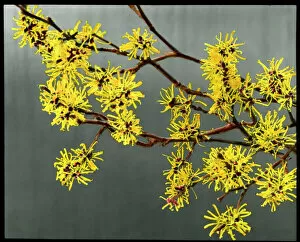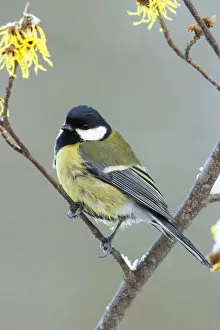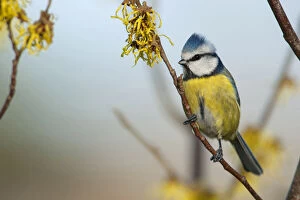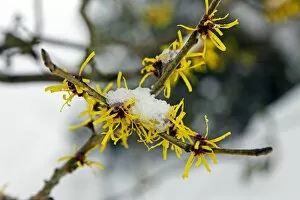Hamamelis Collection
Hamamelis, also known as Witch Hazel, is a fascinating plant with various species such as Hamemalis Mollis and Hamamelis virginiana
All Professionally Made to Order for Quick Shipping
Hamamelis, also known as Witch Hazel, is a fascinating plant with various species such as Hamemalis Mollis and Hamamelis virginiana. These shrubs are native to North America and have been used for centuries for their medicinal properties. The beautiful American witch-hazel blooms in vibrant yellow flowers, adding a touch of color to the winter landscape. One popular variety is the Hamamelis intermedia Orange Peel, which boasts stunning orange-red petals that resemble peels. It attracts numerous bird species like the Great Tit, Blue Tit, Marsh Tit, and Female House Sparrow when it's in full bloom. These birds find solace amidst its blossoms while enjoying its nectar-filled delights. The deciduous nature adds to its allure; during autumn months, its leaves turn into a mesmerizing display of warm hues before falling off entirely. This cycle is beautifully illustrated by an abundance of green leaves turning into shades of reds and oranges. Aside from being visually appealing, Witch Hazel has long been recognized for its healing properties. Its bark and leaves contain tannins that possess anti-inflammatory qualities beneficial for treating skin conditions like acne or eczema. Whether you appreciate it for its ornamental beauty or utilize it for natural remedies, there's no denying the charm and versatility plants. From attracting delightful avian visitors to providing soothing relief through herbal medicine - this enchanting shrub continues to captivate nature enthusiasts worldwide.














